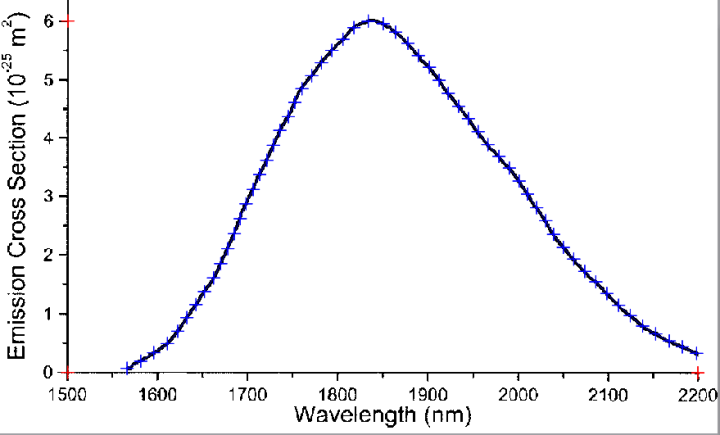

# output for the example of the Weibull distribution Log_scale <- summary(model)$table # log scale parameter Intercept <- summary(model)$table # intercept parameter 2*summary(model)$loglik + 2*log(n_patients) # BIC for 2-parameter distributions 2*summary(model)$loglik + 2*2 # AIC for 2-parameter distributions 2*summary(model)$loglik + 1*log(n_patients) # BIC exponential 2*summary(model)$loglik + 1*2 # AIC for exponential distribution N_patients <- sum(n_events) + sum(n_censors) Model <- survreg(Surv(times_start, times_end, type="interval2")~1, dist="loglogistic") # Loglogistic function, interval censoring Model <- survreg(Surv(times_start, times_end, type="interval2")~1, dist="lognormal") # Lognormal function, interval censoring Model <- survreg(Surv(times_start, times_end, type="interval2")~1, dist="logistic") # Logistic function, interval censoring Model <- survreg(Surv(times_start, times_end, type="interval2")~1, dist="weibull") # Weibull function, interval censoring Model <- survreg(Surv(times_start, times_end, type="interval2")~1, dist="exponential") # Exponential function, interval censoring choose one of these function forms (WEIBULL was chosen for the example) #code does not apply because 0 at risk at last time point # adding times for patients at risk at last time point Times_end <-c( rep(end_time_censor, n_censors), rep(end_time_event, n_events) ) Times_start <-c( rep(start_time_censor, n_censors), rep(start_time_event, n_events) ) Setwd("insert the folder path where the data is stored")
#Engauge digitizer add curve update
Update directory name and text file name in line below I use Stata's data library for convenience.) Open Stata and enter the following in the command line: (You can use any published Kaplan-Meier curve. We will use an example dataset from Stata’s data library. Generate a Weibull curve that closely resembles the survival function and whose parameters can be easily incorporated into a simple three-state Markov model Specifically, I will describe how to:Ĭapture the coordinates of a published Kaplan-Meier curve and export the results into a *.CSV fileĮstimate the survival function based on the coordinates from the previous step using a pre-built template This blog provides a practical, step-by-step tutorial to estimate a parameter method (Weibull) from a survival function for use in CEA models.
#Engauge digitizer add curve series
Extrapolation to a lifetime horizon is possible using a series of methods based on parametric survival models (e.g., Weibull, exponential) but performing these projections can be challenging without the appropriate data and software. However, these Kaplan-Meier curves may only provide survival data up to a few months to a few years.

Data for mortality are normally derived from survival curves or Kaplan-Meier curves published in clinical trials. In cost-effectiveness analysis (CEA), a life-time horizon is commonly used to simulate a chronic disease.


 0 kommentar(er)
0 kommentar(er)
